6 Ways That Strokes Are Being Added To Your Score Without You Realizing It
- Eric J. Mac Donald

- May 12, 2019
- 3 min read
Updated: Apr 2, 2020
Checking the cups
I have seen it many times at golf courses where the pin is leaning, or the cup is sitting too high in the hole due to the hole not being cut correctly. Sometimes a quick correction can be made by using the flag to force the cup down or have the cup sit more vertically in the hole. Checking the hole when you pull the flag or checking it as you walk by before you hit your chip shot can save you a stroke when you are trying to hole out.
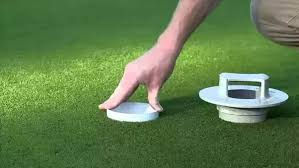
Checking the pins
This is a classic scene on the Muni Tour due to the many golfers that play the course. Often a golfer is distracted by the haste to get to the next hole, and they will place the flag back in the hole quickly without it sitting correctly in the cup. If a shot were to hit this, it could cause the flag to fall out and send the shot father away.
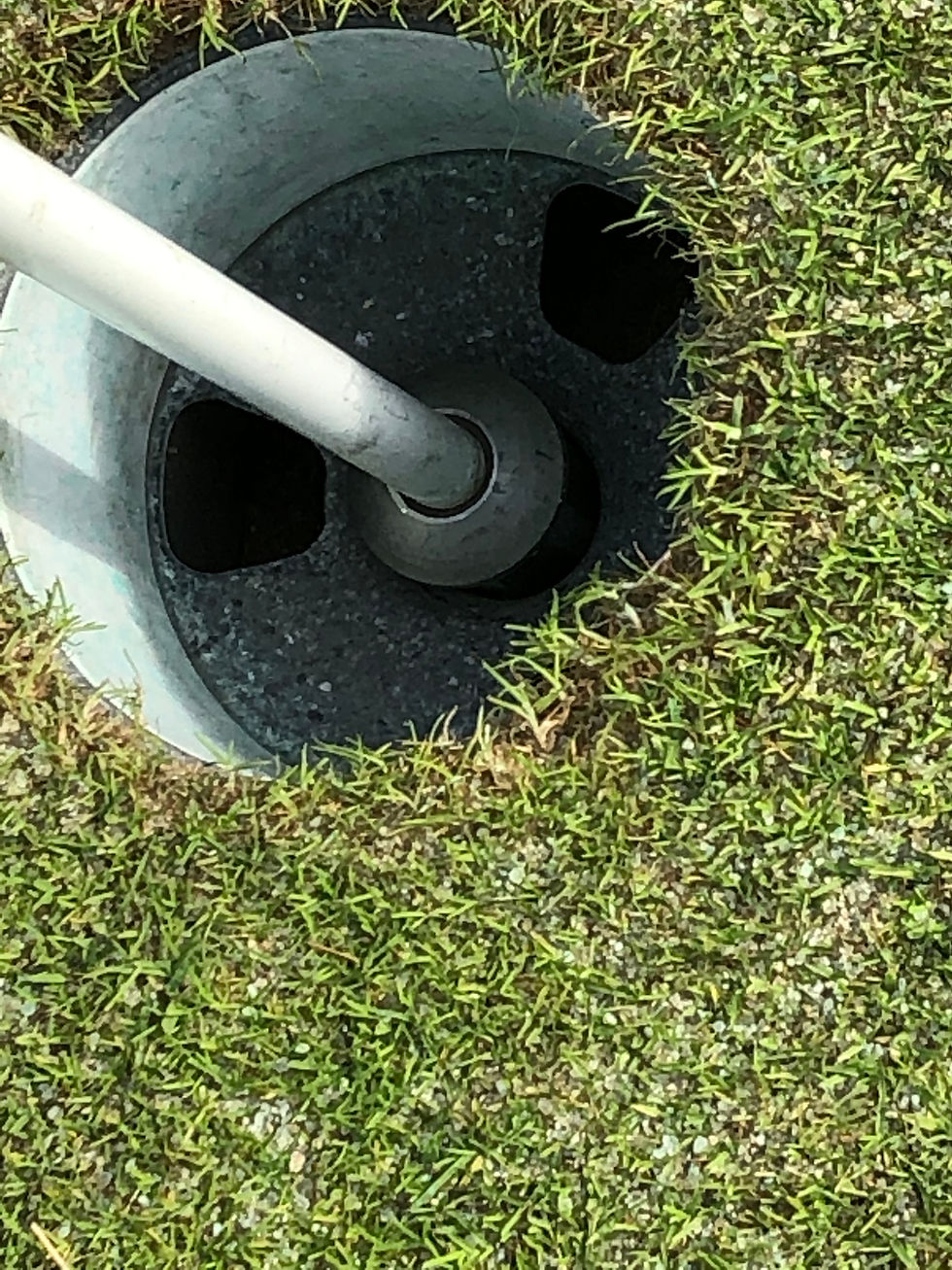
Tees not set up correctly
The course set up is about setting up the players for success. One of those overlooked areas with course setup is the placement of the tee markers. It is often assumed that the tees are pointing in the correct direction. Golfers will step up to the tee and expect the tee markers are set to the middle of the fairway, green, or landing area when they hit their tee shot. Perhaps it is not until after hitting the ball to where the tee markers are pointing are incorrectly do they realize that tees were making them hit the shot offline. As golfers, we all know that tees are to be placed in line with the fairway, green, or landing area. However, how frequently do golfers check to make sure they are pointing correctly before they hit a shot? Not often enough, and that can lead to shots ending up in the rough or worse, out of play.
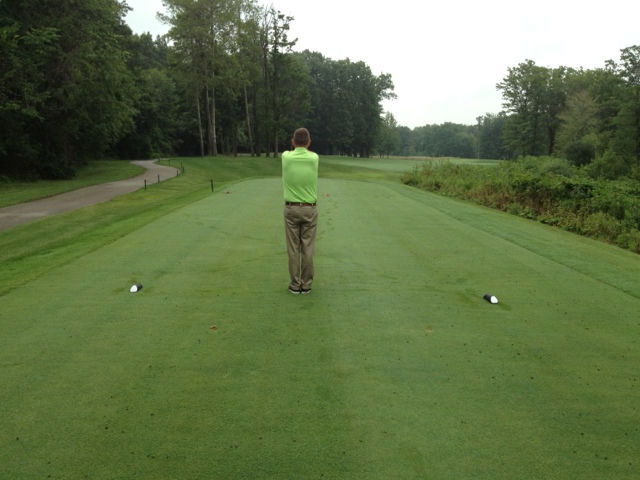
Unmarked hazards
Without prior knowledge of golf, course hazards can make a golf course difficult. Now add that the penalty areas are unmarked, and the penalty could increase from one stroke to a stroke and distance penalty. Remember to check the scorecard first to see if they illustrate any hazards in pictures or words. This will allow you to better understand your options. Otherwise, you could be looking at a much higher score after the hole is finished.
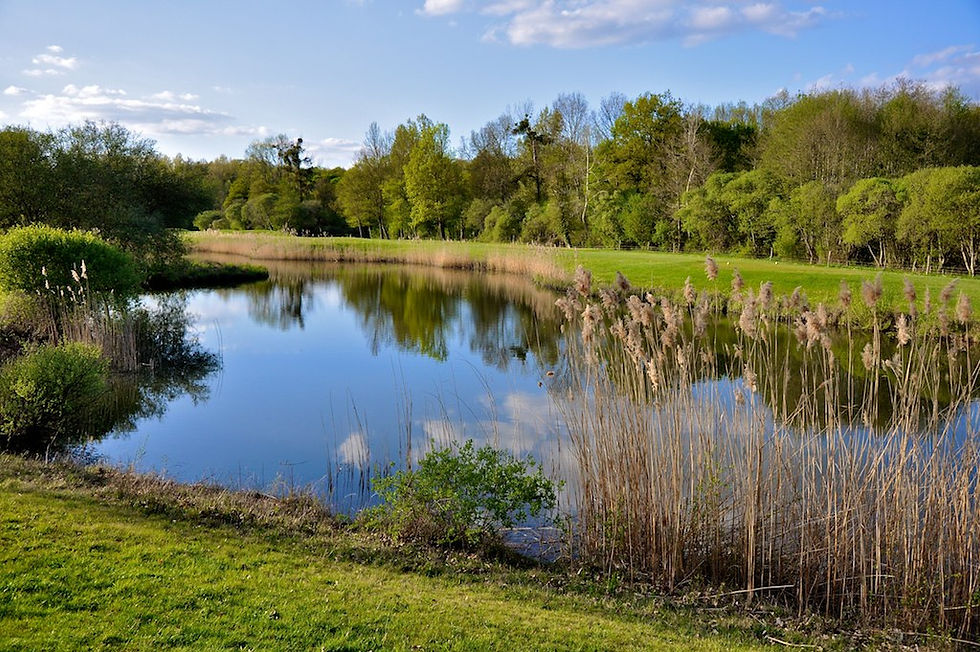
Outdated or missing yardage markers
I cannot recommend having a laser range finder or GPS enough to help find the correct distances. Some courses, especially in the Northeast, have removed yardage markers, some have disappeared due to overgrowth, and some have older yardage markers before the use of GPS or lasers. Over the years, they may not have been updated, or they could have been moved or even removed for work on the area and were not put back correctly as they were.
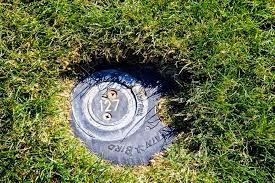
Practice green ≠ greens on the course.
Before starting a round, most golfers spend time putting or chipping to get a feel for the speed and hardness of the greens. At some courses, the putting surface is treated differently. It may be the best green at the course or the one they use to repair the other greens on the course. Take a close look at the practice green. If you are playing in the morning, take notice if the dew is still there to better recognize if the practice green was not cut, which would affect the speed significantly. Sometimes asking the pro if the putting green is similar to the greens on the course can help. Then take notice of how the green looks compared to the first green on the course you face to better judge the speed and hardness of the greens on the course. Up to half of your strokes are around the green typically, so having a better understanding of the speed and hardness of the greens on the course will lead to lower scores.
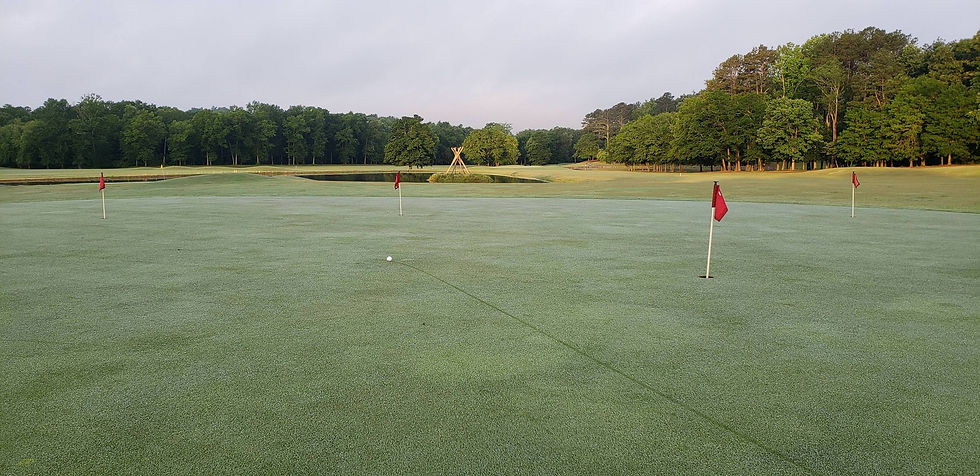













.jpg)


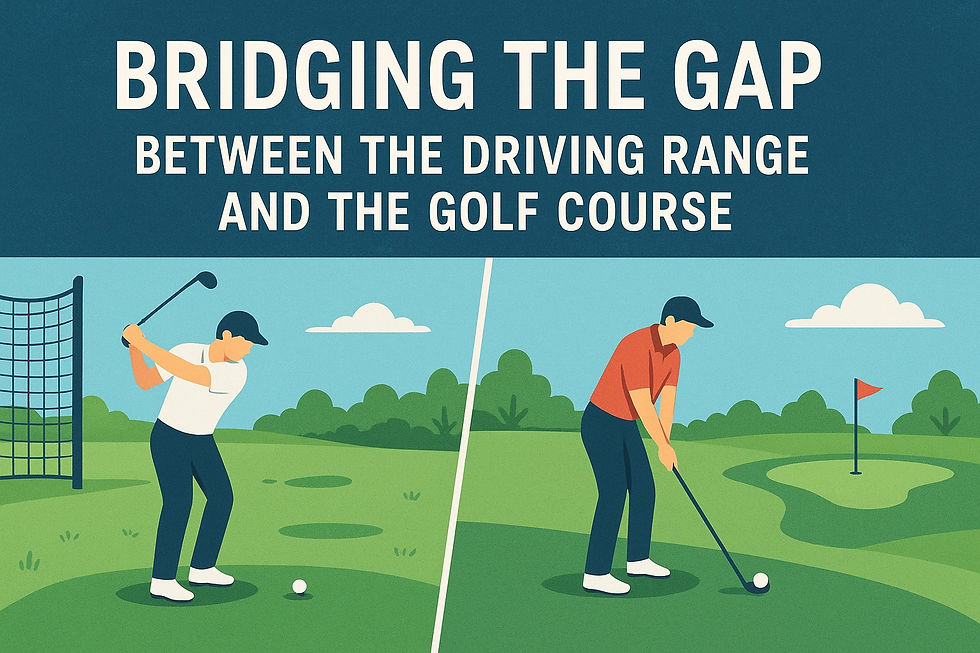
Comments